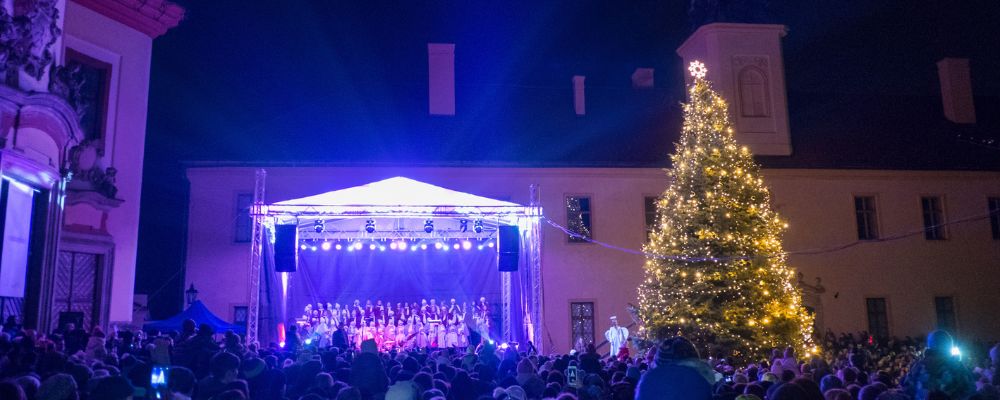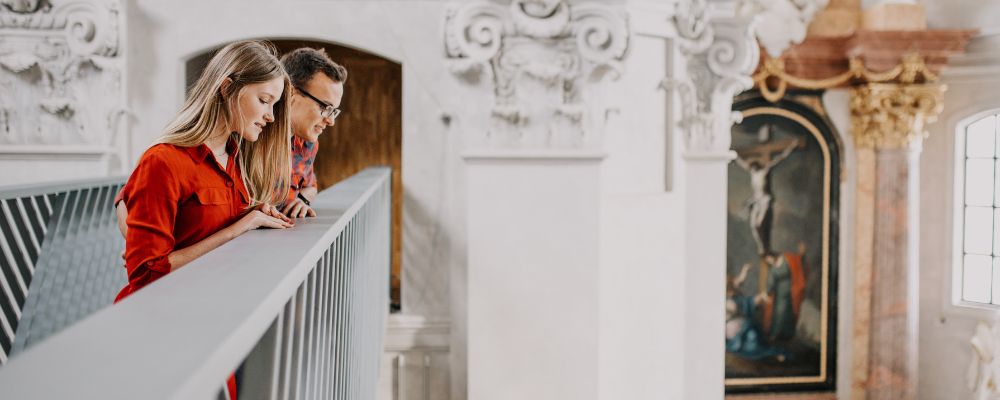
Copies in art have existed for centuries. In the past, they were not just a by-product of artists' work or creations associated with plagiarism and forgery. Copies were also seen as valuable works of art and the question of the originality of designs was not so strictly understood. To be copied was an honour. Copies were also made as a form of reproduction and extension of originals, much as photography, xerox, computer prints and other techniques allow today. Nowadays, they have an irreplaceable role as a document preserving the likeness of lost or destroyed originals. They are also increasingly used as a replacement for works of art where their poor condition no longer allows them to remain in their original location (for example, the sculptures on Charles Bridge).
Even today, copying remains to varying degrees part of the teaching of art school students. The restoration studies in particular include copying as an elementary part of the preparation for professional activity. In order to preserve historical paintings, sculptures, prints and books, it is extremely important to know how they were created. Only then can the restoration intervention be successful.
Thanks to the DOCEO PRO CULTURA project, which has been implemented at the Faculty of Restoration at the University of Pardubice since April 2013, it has been possible to strengthen the emphasis on familiarisation with historical art techniques in the innovative teaching of the courses Fine Art Preparation and Specialised Art Preparation. The current exhibition of the Faculty of Restoration presents a selection of student works - copies of historical works - created over the past two years. In addition to plaster casts in the so-called lost form and chipped copies of sculptures in stone, the sculptural part presents the use of the most modern techniques (3D scanner, 3D robotic hand). Among the paintings, examples of copies of details of Gothic and Renaissance paintings made with egg tempera are exhibited, and among the graphic techniques, examples of copies in chalk and scratch lithography techniques. The exhibition is complemented by examples of copies of metal parts of historical book bindings.
Title of the exhibition.
- April - 17 May 2015
Piarist Church of the Finding of the Holy Cross in Litomyšl
Contact. Tomáš Lahoda, ak. mal., e-mail: tlahoda@hotmail.com
The exhibition is realized thanks to the project DOCEO PRO CULTURA - Innovation of educational processes of the Faculty of Restoration (reg. no. CZ.1.07/2.2.00/28.0268).


